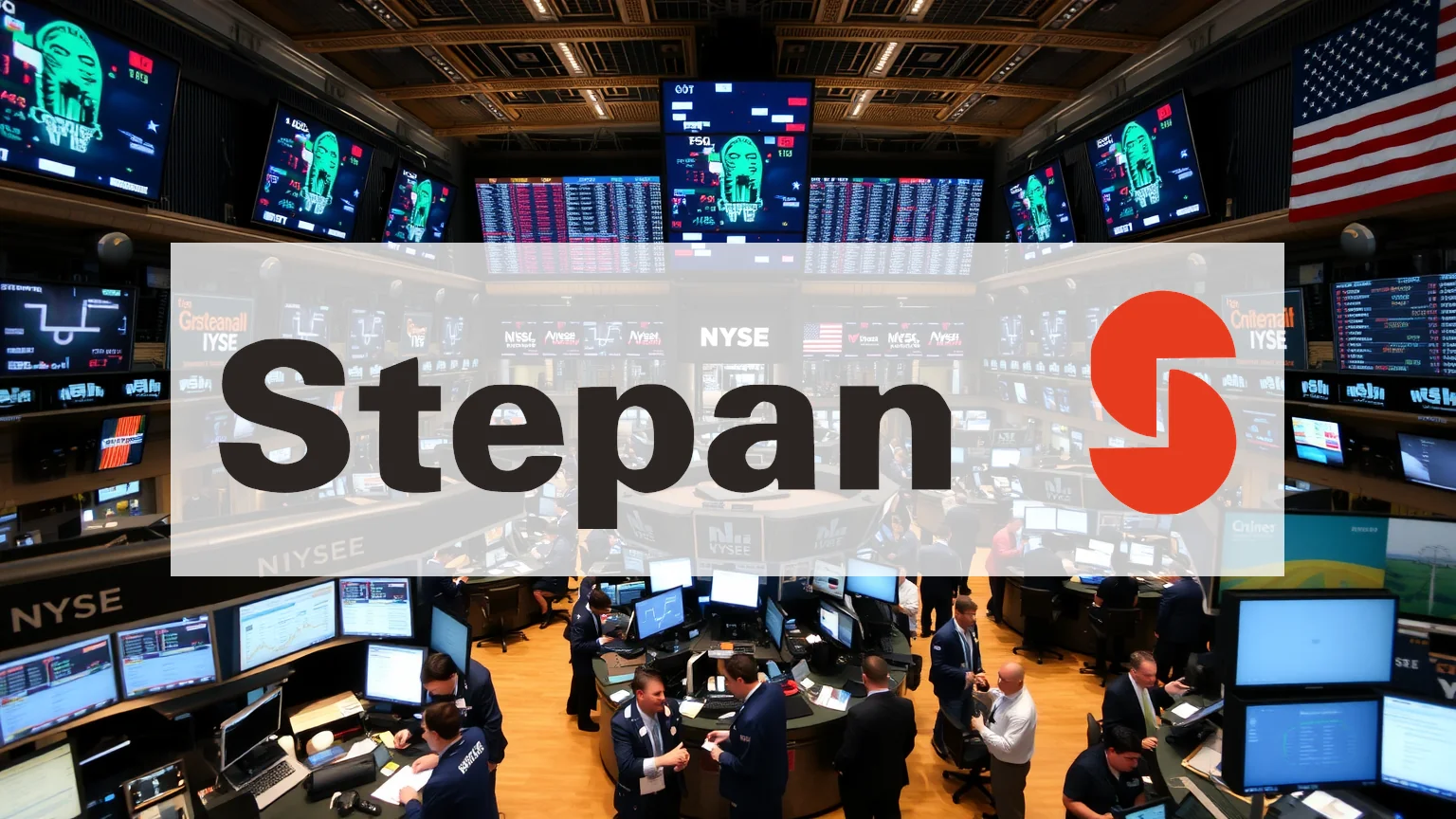Stepan Company’s latest quarterly results present a complex picture for investors. The specialty chemicals producer reported a significant jump in profitability, yet its performance fell substantially short of Wall Street’s expectations, prompting a reassessment among major institutional holders.
Financial Performance Shows Contrasting Trends
For the period ending June 2025, Stepan announced its second-quarter figures on July 30, revealing a tale of two stories. The company achieved a 19% surge in net income, reaching $11.3 million, while its adjusted EBITDA expanded by 8%. Revenue climbed 7% to $594.7 million, primarily driven by strategic price increases and a more favorable product mix.
However, these operational gains were overshadowed by a stark earnings miss. Stepan’s adjusted earnings per share came in at just $0.52, dramatically below the $0.92 consensus estimate among analysts. The revenue figure also failed to meet market projections.
Several challenges compressed margins during the quarter: sharply elevated raw material costs for oleochemicals, significant startup expenses for the new Texas alkoxylation facility, and special environmental-related depreciation charges at the Millsdale location. The company reported negative free cash flow of -$14.4 million.
Should investors sell immediately? Or is it worth buying Stepan?
Dividend Commitment Remains Unshaken
Despite the quarterly disappointment, Stepan demonstrated its commitment to shareholder returns by announcing another dividend increase. The board declared a quarterly distribution of $0.385 per share, representing a $0.010 raise from the previous payment. This marks the 57th consecutive year of dividend growth for the company, underscoring its long-term approach to capital allocation.
Institutional Activity Reflects Uncertainty
Major investors have taken divergent positions on Stepan’s prospects. Nuveen LLC established a new position during the first quarter, acquiring 90,325 shares valued at $4.97 million. US Bancorp DE increased its holdings by 2.7%, while Copeland Capital Management boosted its position substantially by 67.9%.
This institutional confidence faces scrutiny as the stock trades around $52 per share, well below its 52-week high of $82. Adding to the uncertainty, a company insider sold shares worth over $500,000 in early August.
With a market capitalization of $1.17 billion, Stepan currently faces investor skepticism. The company must now demonstrate that its operational improvements can outweigh near-term pressures and justify the confidence of both its long-term shareholders and the market overall.
Ad
Stepan Stock: Buy or Sell?! New Stepan Analysis from November 26 delivers the answer:
The latest Stepan figures speak for themselves: Urgent action needed for Stepan investors. Is it worth buying or should you sell? Find out what to do now in the current free analysis from November 26.
Stepan: Buy or sell? Read more here...












